Hello and welcome to another episode of Truth OR Myth Beta Canon, a Star Trek web series that dives into the history of any given topic using Beta Canon sources and my own imagination to fill in the gaps. In today’s episode we’re looking at the Magee Class, as first seen in the Star Trek: Discovery, to better understand its place in Star Trek History.
Please note, that there isn’t really a lot of information on this class. But I’ve done my best to weave a cogent narrative with the little tidbits I did have.
Also, there has been some debate as to how to pronounce the class’s name. Like most of you out there, I originally thought it was pronounced Maggie, like Maggie Simpson. But in reality, it’s actually pronounced Mcgee. having been named after the World War 2 Canadian pilot John Magee, Jr., author of the famous aviation poem “High Flight.”
And as always, because this IS a Beta Canon video, all information re-laid should pretty much be taken with a grain of stardust, and only considered a little bit of Star Trek Fun! But what’s the story behind this very unusual class?
Let’s find out. . .
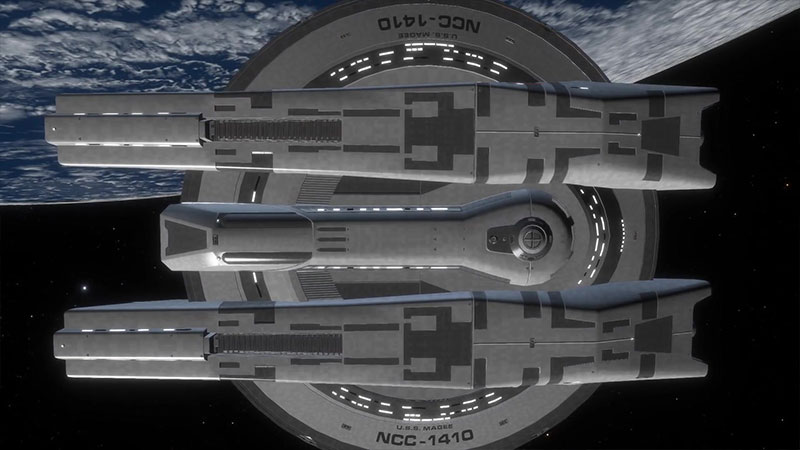
A class created for one purpose, but finding its way with a completely different one, the Magee Class would both Inspire and Confuse the citizens of the United Federation of Planets.
The early 23rd Century had brought with it a flood of new saucer style starship designs.
It seemed to the federation Public at least, that Starfleet Command had finally settled on a starship aesthetic that was both elegant and functional.
Classes, such as the Daedalus and Wasp Class, were becoming a thing of the past, as new starship classes like the Malachowski and Walker Class were quickly taking the forefront of the fleet.
With these starship successes, came Starfleet’s desire for more. The Malachowski and Walker Classes were great in their own mission profiles, but now Starfleet wanted a compact starship design for defensive and offensive duties, while simultaneously being easily constructed.
And the answer to this desire by Starfleet’s Starship Design Team was the Magee Class.
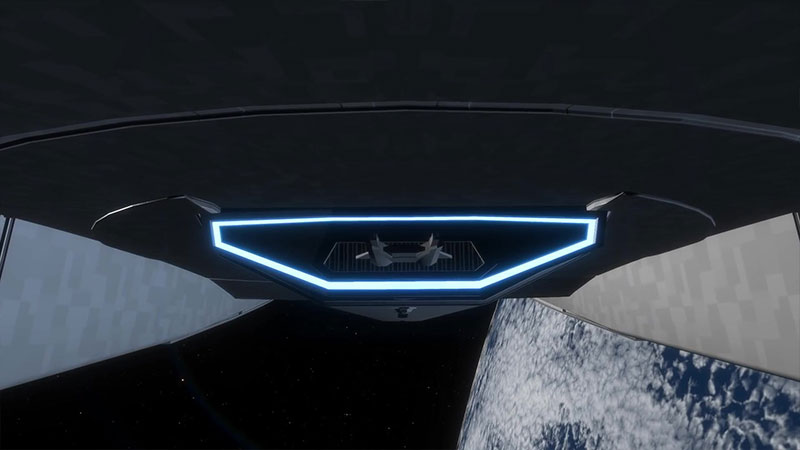
Sitting at a length of 225.2 meters and 8 Decks tall, the Magee Class was designed to be operated by 100 Officers and Crew members.
Breaking with Traditional designs of the time, the Magee Class would include its warp Nacelles as a part of the Primary Hull.
Up to this point in history, most starship designs had their nacelles extended beyond the starship on specially designed pylons.
This was due to the delta radiation which all warp coils expelled, making this an absolute necessity.
By the early 23rd century, however, this was no longer a concern. Starfleet Scientists had discovered a Victrium Alloy which effectively blocked Delta radiation.
The problem was, to synthesize this alloy was an exhaustive task, taking a far longer time than one would hope. Making fleet-wide use of this alloy impractical.
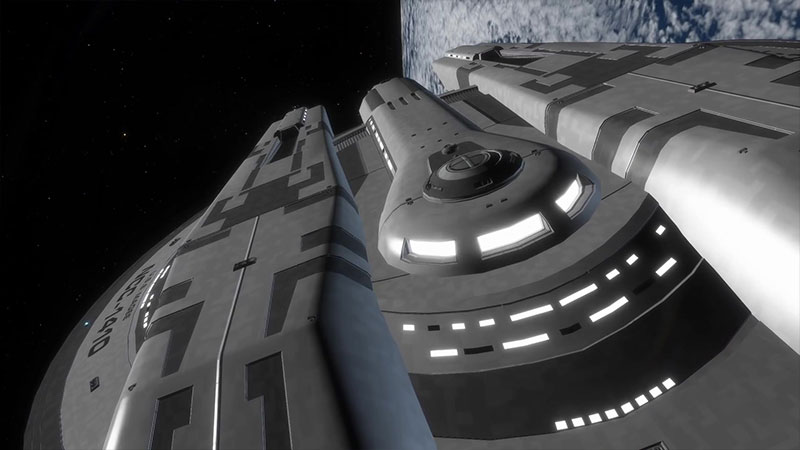
But, for use in a single starship class, was another story. By re-configuring the warp coils slightly, and shielding the starship with this Victrium Alloy, meant that the Magee Class could indeed have its Nacelles a part of its hull, considerably cutting down construction time.
Plus, with the combination of an easily constructed Saucer Design to begin with, suddenly the practicality of this class becomes clear.
The Magee Class would have a standard safe cruising Speed of Warp Factor 4, with an emergency theoretical speed of Warp factor 6.
Tactically Speaking, the Magee Class was well equipped for a ship of its size. Containing 8 dual Phaser Cannon Emitters and 2 Photon Torpedo Launchers, 1 forward and 1 aft.
Shielding for this class was standard for the time. An added benefit to having the Warp Nacelle integrated into the Hull also meant additional protection for the Starships main bridge.
A small underslung deflector dish was also more than adequate for the starship’s needs.
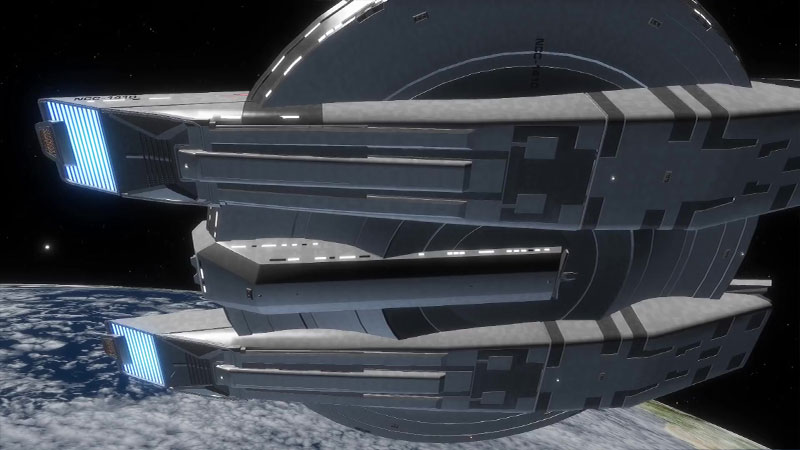
A single, small shuttle bay, located in the aft section of the Saucer, provided auxiliary spacecraft for any mission where the Transporter would not operate or was inappropriate for use.
Construction on the USS Magee was slow going because of its Victrium Requirements, but in 2214, the starship was finally launched. Unfortunately, it didn’t perform as well as its starship design team intended.
Because this was before Duotronic and its accompanying technology was invented, this starship class relied on more traditional computer tech.
With Starfleet’s original high expectations of it being a powerful fighter-style class, the Magee Class simply failed, as the technology for such a starship design simply didn’t exist.
At extreme combat manoeuvres, circuit burnouts and computer failures made this class’s mission profile unattainable. And try as they might, its design team was not able to solve these underlying issues.
Although disappointed, Starfleet did see the potential of the Class however, as in standard operations, along with normal combat manoeuvres, the Magee Class performed well.
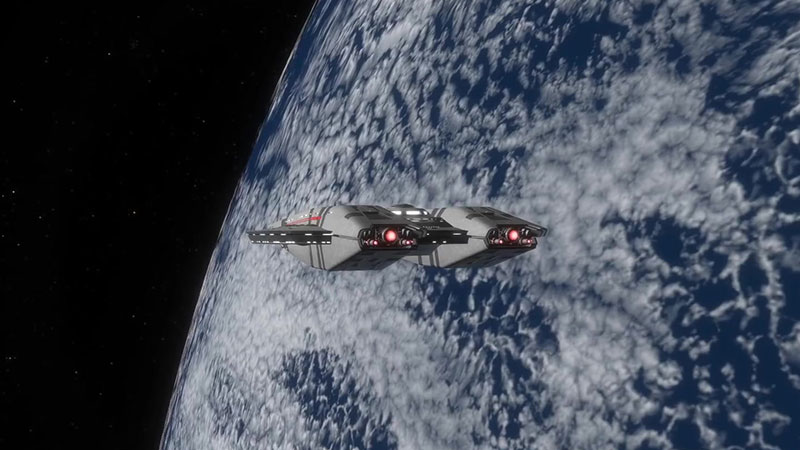
And instead of scrapping the design, the decision would be made to simply alter the Magee Classes mission profile to one of a short-range scientific starship class.
After an extensive internal refit and redesign, in early 2216, the Magee Class would be launched for its shakedown cruise once again, this time blowing the expectations for its mission profile, out of the water.
And with its exceptional performance, Starfleet Command would commission the class and begin construction on 24 more vessels.
From that point on, the Magee Class would be assigned extensive scientific missions, such as system and planetary surveys and experimental research.
Although no longer a combat class, it would indeed find itself in several combat situations again performing well above Starfleet’s and Federation’s expectations.
But, even after receiving several overhauls during its lifetime, by the end of the 2250’s the decision would be made to begin to decommission the Class, as newer, more powerful starship designs began to supplant the old guard.
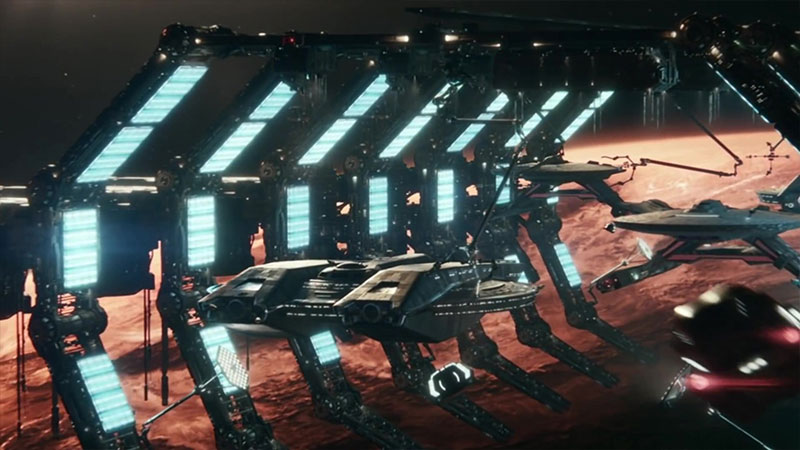
And by 2272, the last of the Magee Class starships would find themselves in decommissioned shipyards across the federation.
This would not be the end of the Classes story, however. As over 100 years later, during the Romulan Crisis, the Class would receive a reprieve of sorts.
In order to evacuate Romulus and its surrounding star systems before the Romulan Sun went Super Nova, Starfleet began to toy with the idea of pulling old starships out of its decommissioned shipyards, giving them a complete update and sending them off to the blast zone to help ferry various civilizations to safety.
And in 2385, 2 starships of the Magee Class had were chosen, among a few other starship classes, as test vessels for this idea, of course on April 5, 2385, the Synth Attack of Mars, would devastate the federation and destroy the entire fleet at Utopia Planitia, including these 2 Magee test Starships.
Admiral Jean Luc Picard, in charge of the entire evacuation of Romulus and its surrounding space, then came up with a new plan based on these test starships.
Admiral Picard, based on early tests of the Magee Vessels, petitioned Starfleet, and the Federation Council to pull ALL starships out of mothballs, giving them a quick refit and sending them off to Romulus.
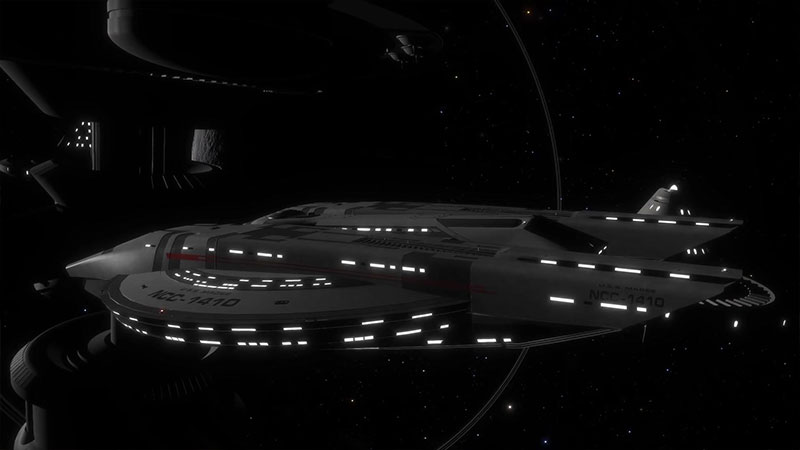
Though Federation Historians now believe that such a plan would work but would not have achieved the complete evacuation of the Blast Area, it has been determined that about 78% of the population in that zone could have been saved.
Unfortunately, due to rising tensions over the Synth Attack, and strong opposition to helping the Romulans from several federation member Worlds, the Council and Starfleet would reject Picard’s Plan, and withdraw their assistance from Evacuation Project.
Yet still, this would again not mean the end of the Magee Class, as Starfleet saw merit in Picard’s idea of quickly refitting these old starships and pressing them into service.
With 2 thirds of their fleet badly damaged or destroyed during the Synth attack, Starfleet and the federation felt Vulnerable.
So, taking this aspect of the Admiral’s plan, they augmented their own fleet with these older starship designs until newer starships and classes could be constructed to replace them.
As a result, 14 Magee Class Vessels, including the USS Magee herself, would begin a new life, serving the Federation until 2298, when they would once again begin to be decommissioned in favour of the mass-produced Inquiry Class.
Created with one purpose in mind, but not making its mark until its mission profile was completely changed, the Magee Class would go on to have a career and lifespan as unusual as its own design.
Earning this class, its distinctive place, in Starfleet History…
Want to help give the channel a quick refit and upgrade so it can get out there and augment the fleet? Then just click HERE to become a channel Patron…
Watch The Latest Truth Or Myth Below
Thank you for watching today’s episode of Truth or Myth Beta Canon, what do you think of the Magee Class, and the historical narrative that I’ve created here.
Do you want to see more videos like this one? Well leave your comments in the section below and don’t forget to like the video and subscribe to the channel.
Thanks again for watching, Live long and prosper…












